Hiking Mount Nimba: Trails, Wildlife, and Conservation Info
Mount Nimba might not be on every traveler’s radar, but it’s one of West Africa’s most important natural treasures. Spanning across Guinea, Côte d’Ivoire, and Liberia, the Mount Nimba range is a transboundary mountain system. However, only the sections in Guinea and Côte d’Ivoire are designated as a UNESCO World Heritage Site, while the Liberian part is outside the UNESCO listing.
If you’re curious about what makes Mount Nimba so special, this guide has you covered.
Where Is Mount Nimba Located?
Mount Nimba sits along the borders of Guinea, Côte d’Ivoire, and Liberia. The highest peak, Mount Richard-Molard, rises to 1,752 meters (5,748 feet) and marks the highest point in both Guinea and Côte d’Ivoire.
It’s part of the Nimba Range, a mountainous ridge covered in dense forests, grasslands, and cloud-topped peaks.
 What makes the views at Mount Nimba unique?
What makes the views at Mount Nimba unique?
Why Is Mount Nimba Important?
It’s a UNESCO World Heritage Site
Mount Nimba Strict Nature Reserve was designated a UNESCO World Heritage Site in 1981 for its incredible biological diversity and endemic species (species found nowhere else on Earth).
It’s a Biodiversity Hotspot
Mount Nimba hosts an exceptional level of biodiversity, with thousands of plant species and hundreds of animal species, many of which are found nowhere else on Earth, including unique amphibians, primates, and rare antelopes.
It Has Scientific Value
Because of its unique geology and ecosystems, Mount Nimba is often studied by scientists interested in evolution, ecology, and conservation.
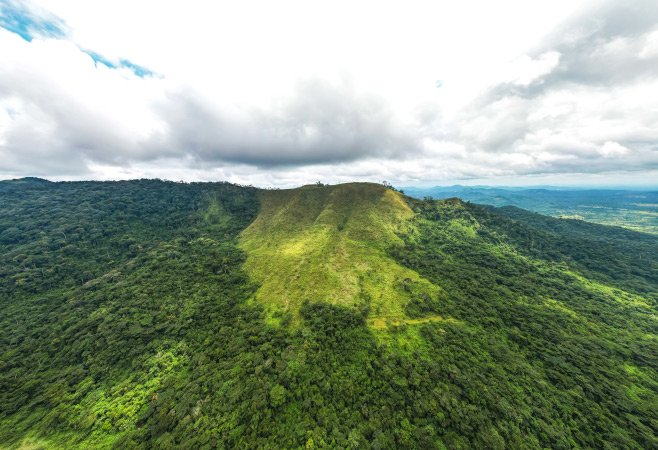 Mount Nimba has the most spectacular and untouched views in West Africa
Mount Nimba has the most spectacular and untouched views in West Africa
What Can You See and Do at Mount Nimba?
Mount Nimba is not freely open to independent hikers. Access is highly restricted and usually limited to scientific researchers, conservation projects, or carefully controlled eco-tourism programs. For the rare visitors who obtain permission, the reserve offers challenging hikes and unique wildlife encounters.
Hiking and Trekking
Mount Nimba’s trails cater to various skill levels, from gentle walks to challenging ascents. The dry season (November to March) is ideal for hiking, with clearer trails and predictable weather.
The trails are rugged, and most are unmarked or guided only, but the adventurous will be rewarded with:
- Panoramic views of the forest and surrounding savannah
- Hidden waterfalls and streams
- Encounters with untouched nature
Note:
Entry is primarily granted to scientific researchers, conservationists, and, very limited extent, highly regulated eco-tourism groups. You cannot simply arrive and hike independently.
Hiring a local guide is a must—they’ll help you navigate and share insights about the area’s ecology.
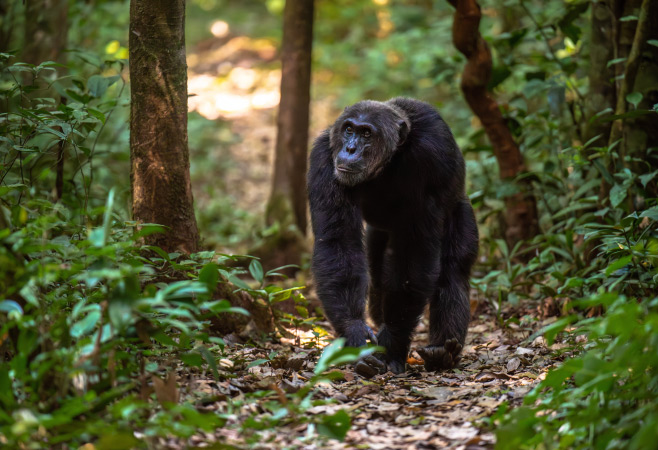 Mount Nimba offers unique wildlife watching experiences
Mount Nimba offers unique wildlife watching experiences
Wildlife Watching
Bring your binoculars! The reserve’s unique species, like the Lamotte’s roundleaf bat, make wildlife watching a highlight. Guided tours can help you spot these rare creatures while respecting their habitat.
Special look out for:
- Chimpanzees using tools
- The extremely rare viviparous toad, which gives birth to live young
- Colorful birds, butterflies, and rare reptiles
Exploring the Nimba Range
The 40-km-long Nimba Range offers more than just Mount Nimba. Explore peaks like Grand Rochers (1,694 m) or Mont Sempéré (1,682 m) for additional adventures and breathtaking vistas.
Cultural Encounters
Local communities welcome visitors, offering insights into traditional crafts, cuisine, and ways of life.
Panoramic Views
The summit provides panoramic scenery, with sweeping vistas over lush valleys and dramatic mountain landscapes.
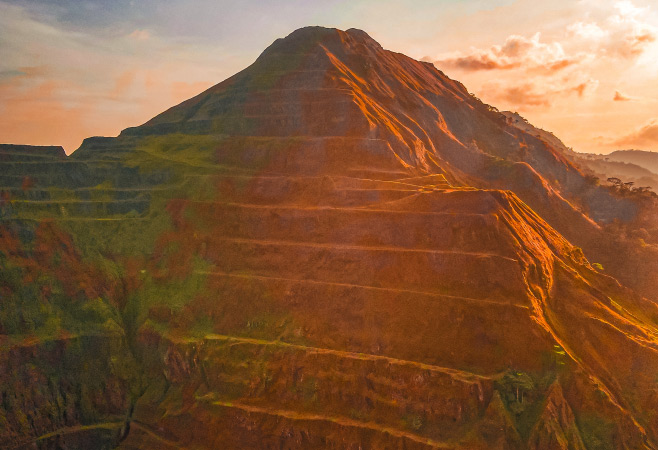 Mount Nimba sunset offers breathtaking views
Mount Nimba sunset offers breathtaking views
How to Plan Your Visit to Mount Nimba
Ready to explore Mount Nimba? Here’s how to make your trip smooth and unforgettable:
Which Country Should You Enter From
- Guinea: Most conservation research and entry points are here, especially near the town of Bossou.
- Côte d’Ivoire: Some eco-tourism options exist, but access may be limited.
- Liberia: The Liberian side is less developed for tourism and often harder to reach.
Permits and Regulations
Because it’s a protected area, visitors must obtain permits and follow strict guidelines to minimize environmental impact.
For the few who gain access, activities might include guided treks through specific zones, birdwatching, and observation of flora and fauna, always under strict supervision.
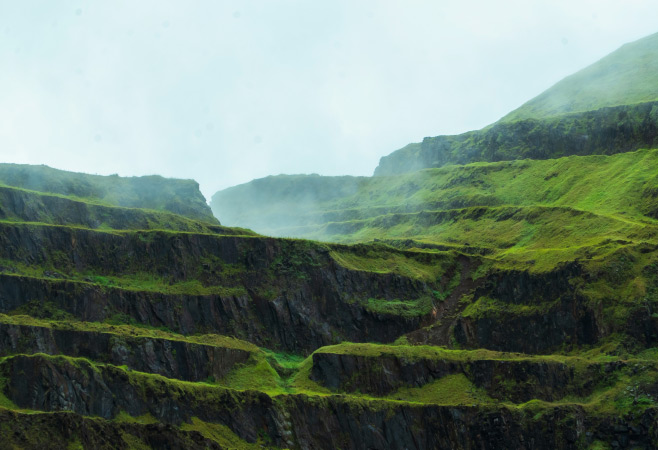 During the rainy season (April to October), heavy rainfall can make trails slippery, increase the risk of landslides, and significantly limit accessibility
During the rainy season (April to October), heavy rainfall can make trails slippery, increase the risk of landslides, and significantly limit accessibility
Best Time to Visit
The dry season from November to March is the most suitable time for travel. During the rainy season, trails may become slippery and difficult.
How to Get There
For travelers visiting Mount Nimba from the Ivory Coast, let's start by flying into Félix-Houphouët-Boigny International Airport in Abidjan, Côte d'Ivoire. From there, arrange a domestic flight or private car to a nearby town like Man or Danané.
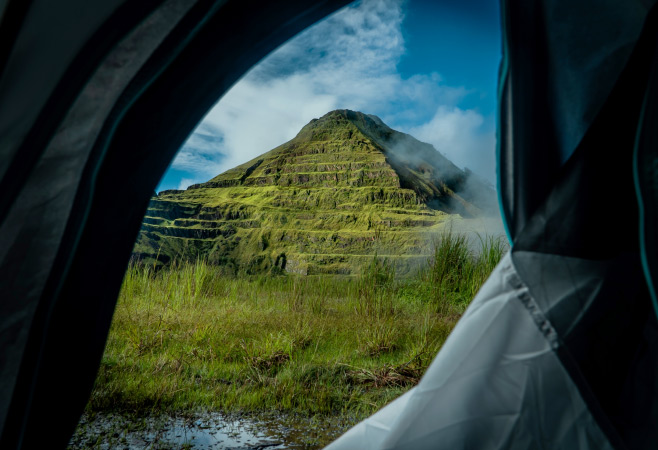 Comfort is basic, but the experience of staying in Mount Nimba is authentic and enriching.
Comfort is basic, but the experience of staying in Mount Nimba is authentic and enriching.
Do You Need a Guide
Yes. Visiting Mount Nimba typically requires a local guide or connection with a conservation project or research organization. This ensures both your safety and the protection of the environment.
Where to Stay
There are no accommodations within the reserve, but nearby towns in Guinea or Côte d'Ivoire offer hotels and guesthouses. These provide a comfortable base for day trips into the reserve. Book early, as options can be limited.
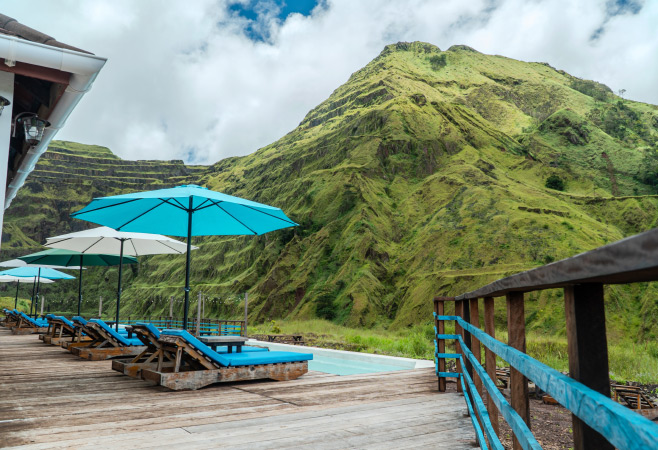 Book in advance if traveling to Mount Nimba in the dry season
Book in advance if traveling to Mount Nimba in the dry season
Frequently Asked Questions About Mount Nimba
Why is Mount Nimba called a “biodiversity hotspot”?
Because it shelters so many unique species—over 2,000 types of plants and hundreds of animals not found anywhere else—due to its isolation and varied habitats.
Can tourists hike to the summit?
Yes, with permission and a local guide. The hikes can be demanding but are deeply rewarding, both for the landscapes and the opportunities to see wildlife.
Is Mount Nimba safe to visit?
Most visits are safe, but check for current travel advice in Guinea, Côte d’Ivoire, or Liberia, as political and environmental conditions can change.
Mount Nimba is more than a destination—it’s an experience that connects you with nature’s wonders and West Africa’s rich heritage. Whether you’re hiking its peaks, marveling at its wildlife, or soaking in the views, this UNESCO site offers a journey like no other.
Plan your trip carefully—whether entering from Guinea or Côte d’Ivoire—and ensure you have the necessary permits before packing your hiking boots for this extraordinary UNESCO site.
Related Articles
- Ivory Coast Birdwatching: Where Are Best Spots & Species
- Top Kitesurfing Spots in Ivory Coast: Where and When
- Ivory Coast Visa and Travel Advisory Updates for Tourists
- Ivory Coast Desserts: Must-Try Dishes for Travelers
- Top African Airports Every Traveler Should Know
- Visa-Free Travel to the Ivory Coast - Things to Know
- Top Outdoor Activities to Experience in the Ivory Coast
- Top Must-Do Activities in the Man Region You Can’t Miss
- Best eSIM for Ivory Coast Travel: Everything You Need to Know
HOW CAN WE HELP?
APPLY WITH CONFIDENCE
|











